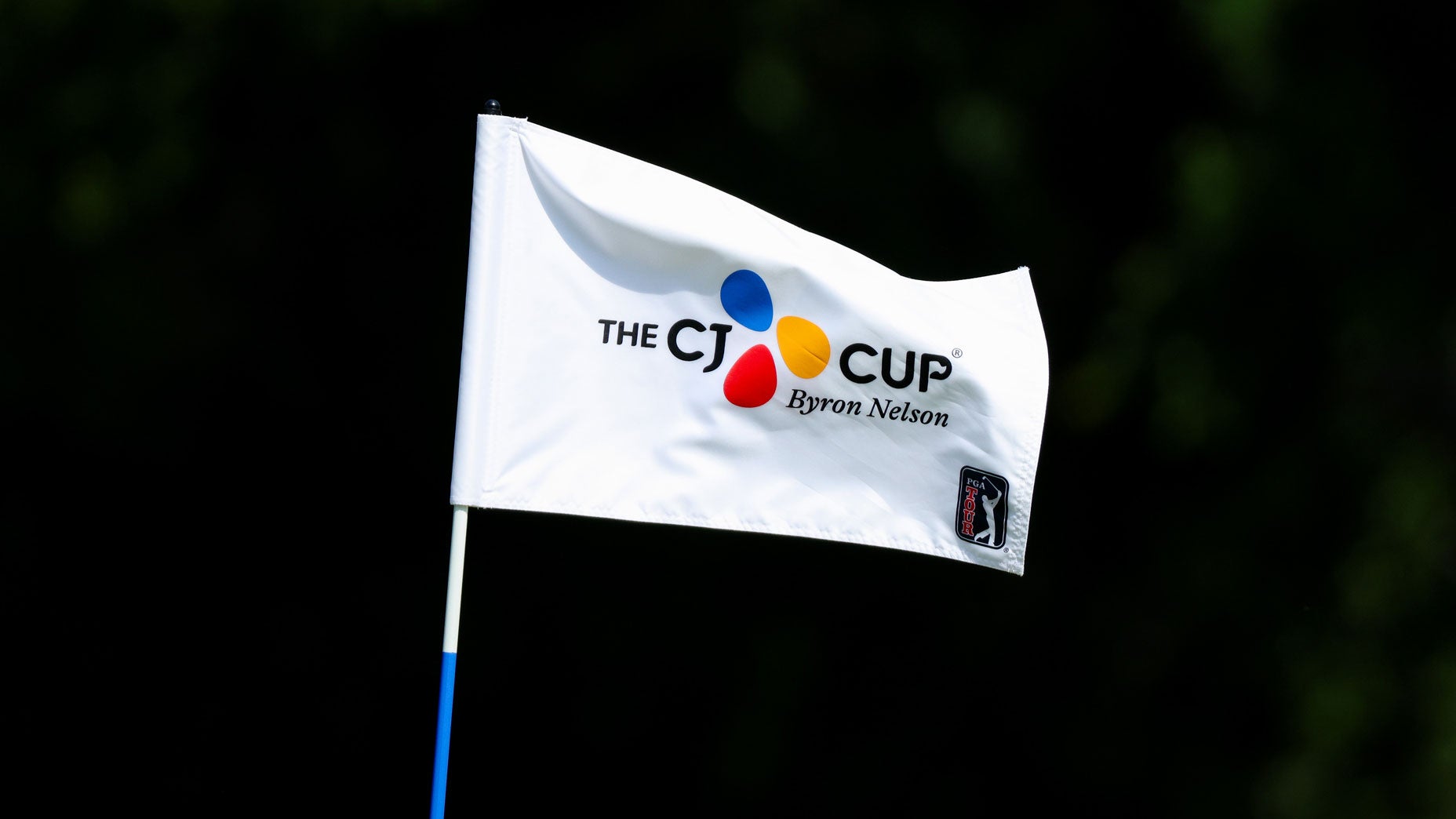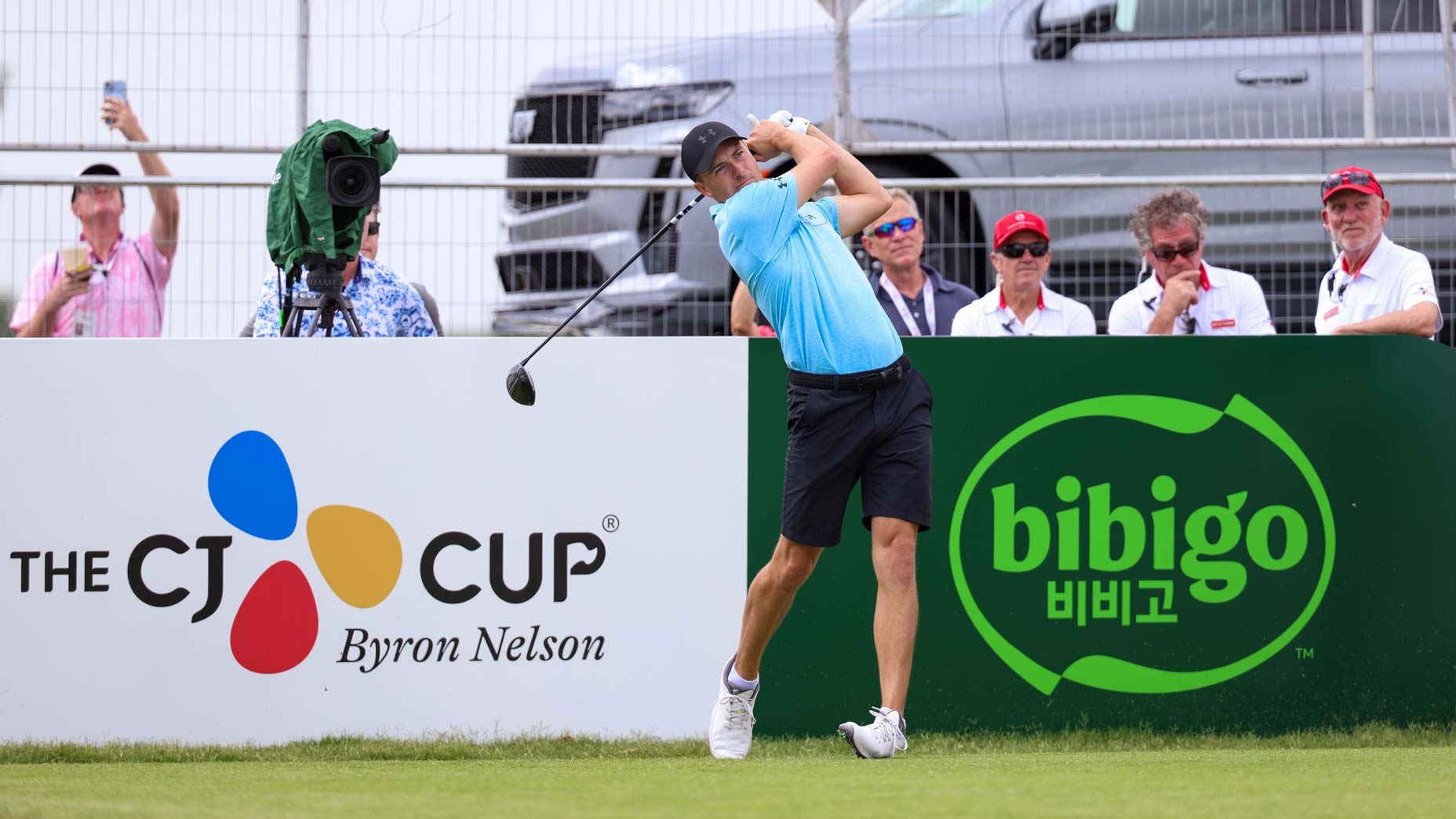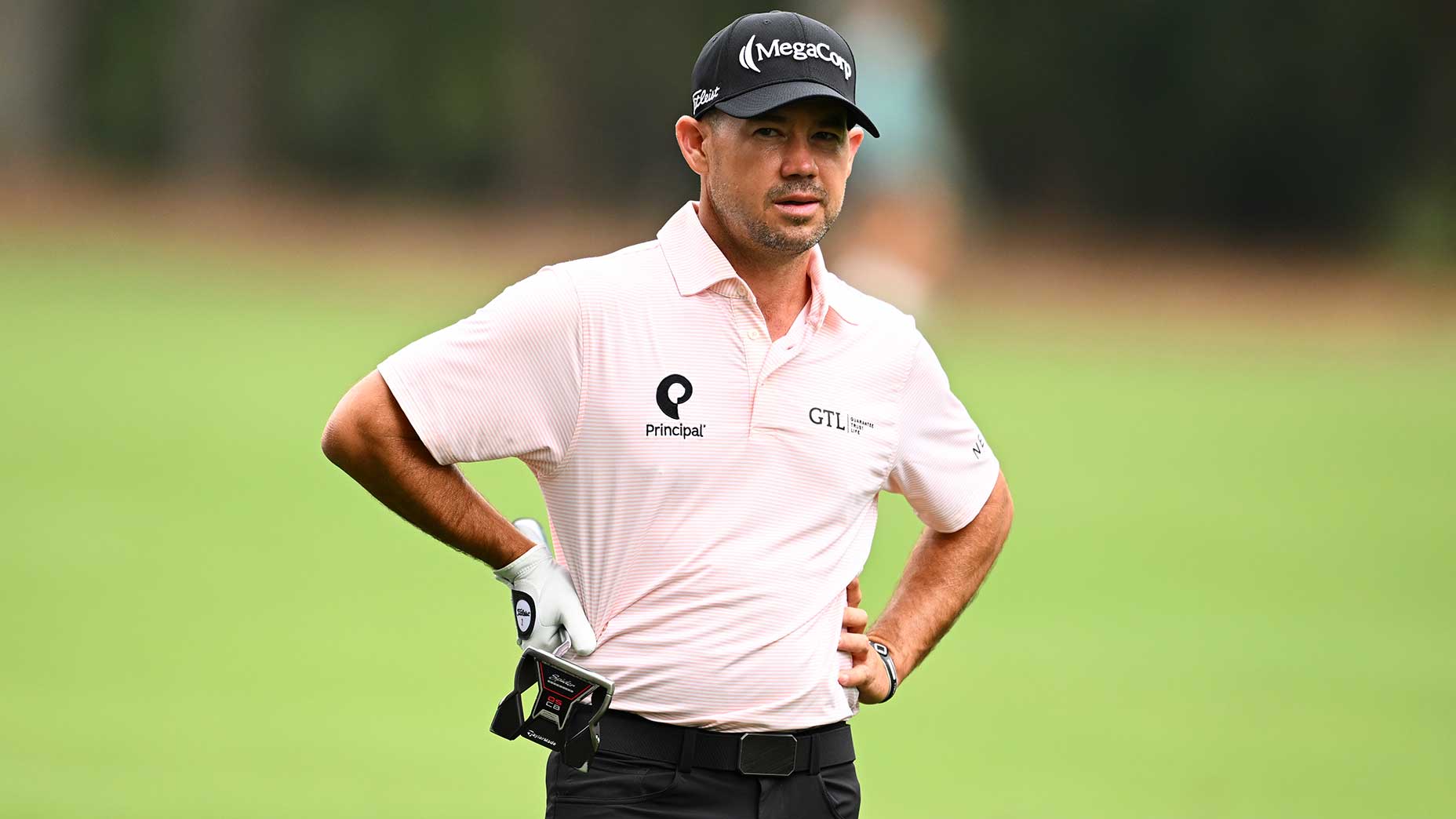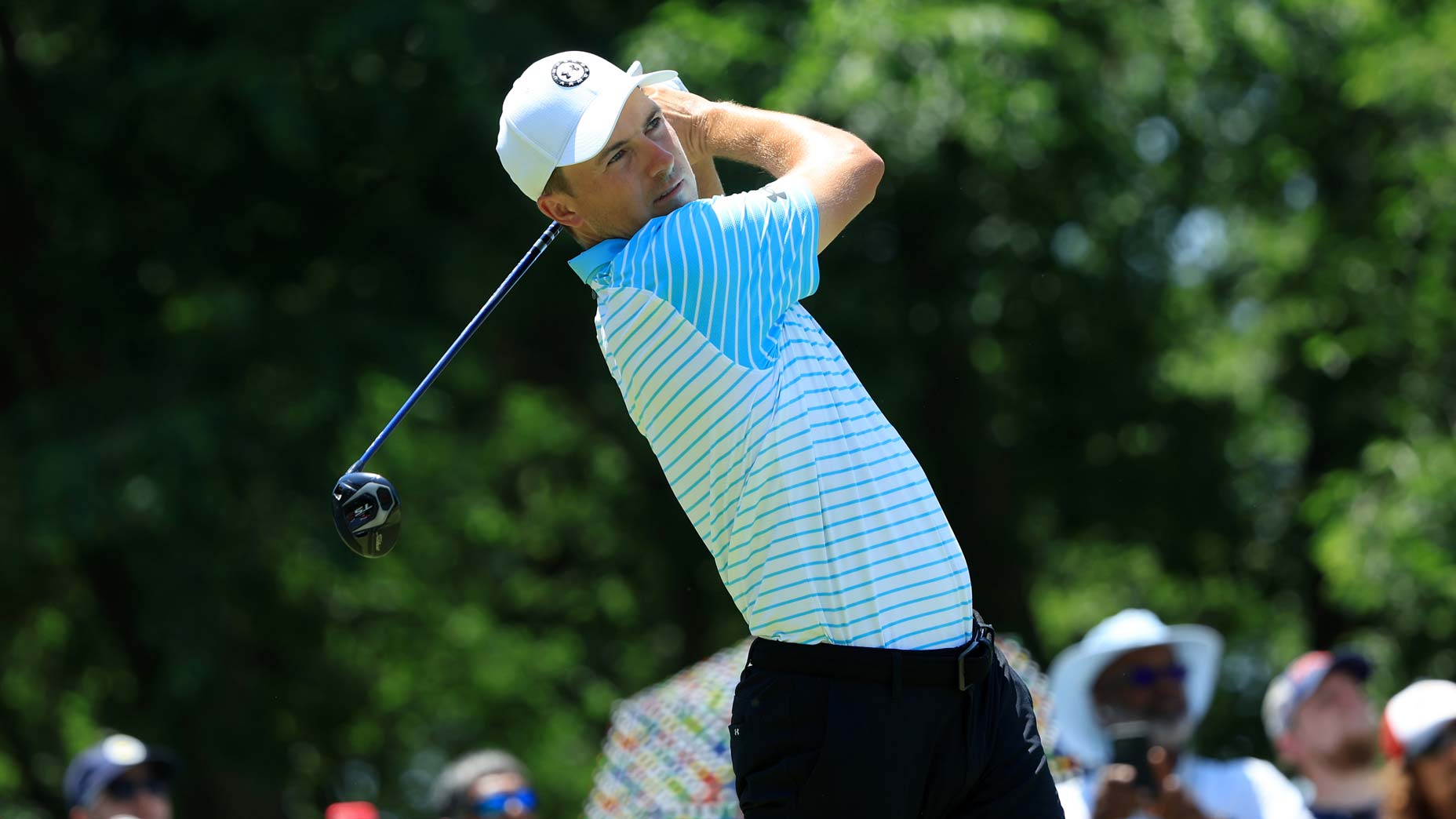How much is PGA Tour loyalty actually worth? Pros find out this week
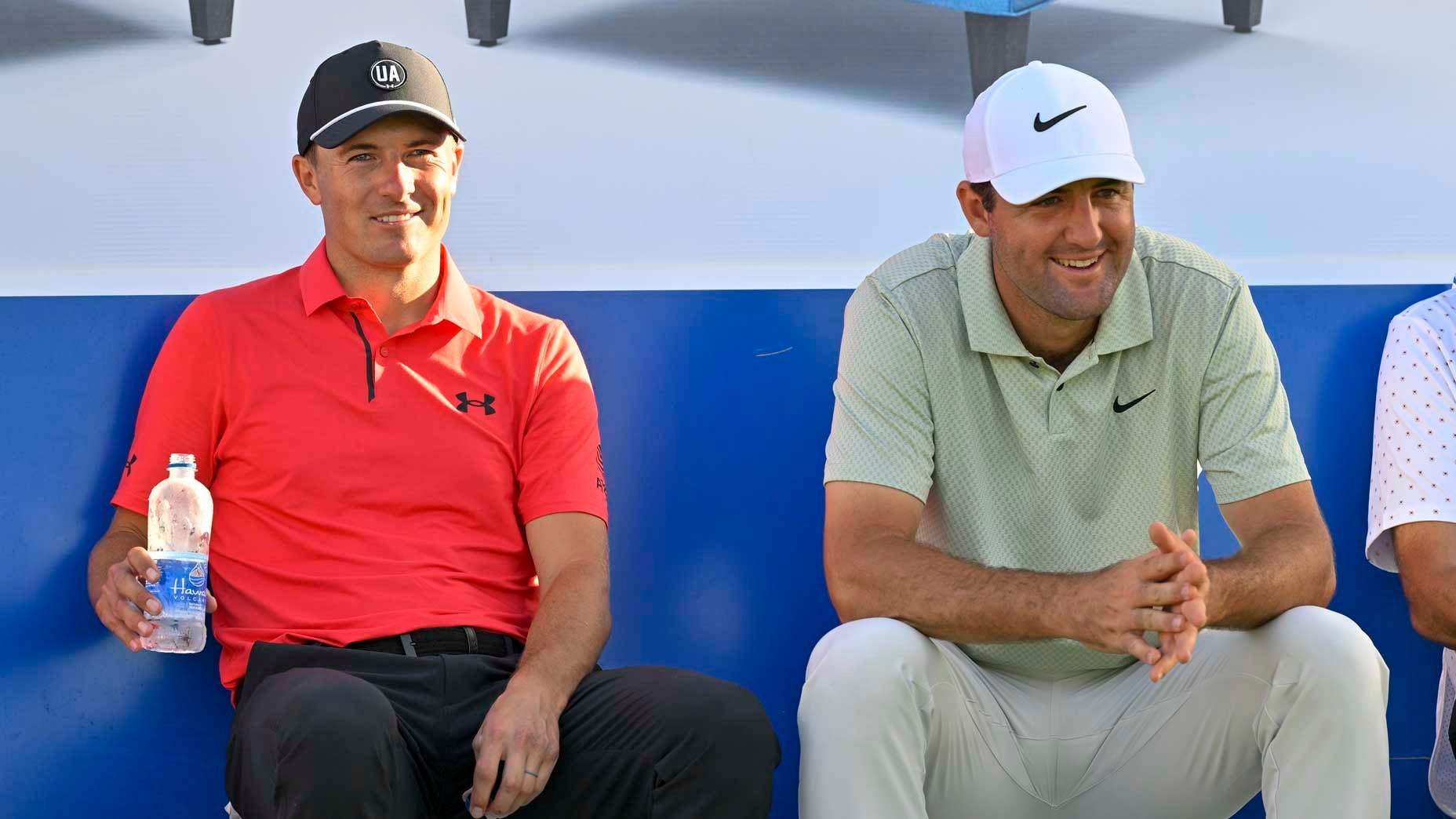
Jordan Spieth and Scottie Scheffler wait on a tee box during The Sentry earlier this year.
Getty Images
The official word arrived on the last day of January, but it was not exactly news. The PGA Tour had finalized a deal with the Strategic Sports Group for an immediate investment of $1.5 billion into a new, for-profit entity named PGA Tour Enterprises. The names involved were not new — the likes of Steve Cohen, John Henry, Fenway Sports Group, etc., had been reportedly interested for months — but one major addendum was: an equity program.
Now, about three months after the announcement, PGA Tour players are about to find out what their loyalty has been worth. On Wednesday, Tour members will receive an email notifying them of the current value of award grants this program has earmarked for them, be it tens of millions of dollars, or none at all. The 193 eligible recipients will receive a letter from Tour commissioner Jay Monahan, who is the CEO of PGA Tour Enterprises, explaining the number of equity units they receive and the fair market value of said equity. The Tour intends to keep the list of award recipients confidential.
“It’s really about making sure that our players know the PGA Tour is the best place to compete and showing them how much the Tour appreciates them being loyal,” Jason Gore, the Tour’s chief player officer, said in one of six informational videos the Tour produced for the membership. The videos, which were shared internally with Tour pros and their representatives, were accompanied by infographics, all of which were reviewed by GOLF.com.
In the age of LIV Golf offering mega-millions in contracts to elite golfers, these figures matter, particularly for PGA Tour loyalists who passed on lucrative guaranteed contracts that would be worth more than PGA Tour Enterprises equity could ever offer them.
How much players decide to talk about their individual equity will be up to them, but as you will read below, the total value of each grant differ by player. On the day that specific criteria was announced, it was a hot topic among players.
Which equity group am I in? Wait, which equity group is he in?
So, how does it work?
The Tour has announced these equity grants under one specific word: opportunity. Xander Schauffele will not receive a life-size, $50 million check. Players will not see their bank account immediately increase. (In fact, as we’ll explain below, it will take quite some time before that happens.) They will strictly receive a capital interest award for a specific piece of PGA Tour Enterprises. Based on a myriad of factors, players will be ranked via a specific number of “membership units,” akin to stake in a company, the value of which will vest over a specific amount of time. High-performing players will receive a greater stake in PGA Tour Enterprises, which will be home to the Tour’s commercial operations. That’s where SSG’s money is going, which they hope will increase in value of over time.
How much value are we talking?
Even if 193 players receive grants, they will not be shared equally. Nick Taylor and Tiger Woods are not going to receive the same cut. The recipients are sectioned into four groups, with Group 1 seeing $750 million in value doled out to 36 players. That’s a little more than 80% of the prize going to just a few dozen pros, which grabbed headlines when it was first reported. In this group will be the kind of players who have rated well in the Player Impact Program, won many tournaments, and won important tournaments — like Signature Events or player-hosted invitationals — with an emphasis on the last five years.
A major factor in determining who is in Group 1 and who isn’t was a metric called Career Points, which emphasizes consistency as a Tour member and success throughout a player’s career. Players receive points based on the amount of years they were a PGA Tour member (playing in 15+ events), the amount of times they reached the Tour Championship, their amount of official Tour victories and even extra points for prominent victories (majors, Players Championships, WGCs, FedEx Cup titles, etc.).
For example, some back-of-the-envelope math tallies up 528 Career Points for Woods, and just 199 for Rory McIlroy. Jordan Spieth and Justin Thomas have both accrued a similar number just shy of 100. All four players are expected to be part of Group 1 and will all receive significant awards, but the difference in Career Points is expected to derive some difference in the value. Bottom line: Woods will receive the greatest grant valuation (potentially by a wide margin) and McIlroy’s will be second.
What if you’re not a premier player?
The PGA Tour is successful because of those top 36 players, but it is rooted in the existence of many other members who back-fill the fields of the biggest stages in golf, week-in and week-out. An extra $75 million of value will be issued to a total of 64 players considered “steady performers and up-and-comers.” The individual totals of those grants will pale in comparison to the Group 1 grants, and will be based on FedEx Cup points earned over the last three years. Finally, Group 3 members, a total of 57 players, will earn from a pile of $30 million based on tournaments won, career money and number of times finishing in the top 125 of the FedEx Cup. And Group 4 members, who are considered “past legends,” will see 36 players receive their share of $75 million in equity based, again, on Career Points.
Recipients must be ELIGIBLE
This rules out LIV golfers from earning any of the initial grants, despite some of them helping build the Tour into what it is today. In an alternate universe, Phil Mickelson would have earned the second-highest award grant (behind only Woods), but he will receive nothing because he is not eligible. He is a lifetime member of the PGA Tour but has incurred hefty suspensions from his involvement with LIV Golf. (It is worth wondering: Does this injection of investment and new, for-profit company exist without Mickelson’s help forming LIV Golf? Probably not.)
Even in a world where the PGA Tour comes to an agreement with the Saudi PIF on further investment, this chunk of value will be earmarked for the 193 players who built the popularity of the Tour and continue deriving future value for it, all while remaining loyal. Does it include space for a grant for players like Chesson Hadley, who last June stated he would like to be rewarded for his decision to stay loyal? Hadley has won zero times in the last decade, so he would be hoping for one of the 57 Group 3 grants, which isn’t necessarily likely.
Another important point of eligibility is that recipients must be living. Thirty-six players will receive “Past legends” grants, which cannot be awarded posthumously. Jack Nicklaus is bound to receive a grant. Arnold Palmer cannot.
Players must WORK to receive their grant value
It’s going to be a long time before any Tour players receive the monetary value from these equity grants. The initial grants will vest on an eight-year timeline with multiple checkpoints: 50% of the grant value will vest after four years, with an extra 25% vesting after six years and the final 25% vesting after eight years, but only if players follow the rules. In a world where the PGA Tour and the Saudi PIF do not come to an agreement, Tour players who would leave for LIV (or other unauthorized events) will forfeit any unvested equity.
For the equity to vest, players must “provide services” each year of the vesting schedule. For most, those services are simple: just play PGA Tour events. Fully-exempt players who play 15 or more Tour events annually will meet that year’s requirement. Competing on the Korn Ferry and Champions tours also suffices, with DP World Tour events being approved on a case-by-case basis. In other words, if a fully-healthy McIlroy plays 14 Tour events and the BMW PGA Championship (a marquee event on the DP World Tour), he would need an approval for that final event to count as one of his 15. (It probably would.)
But what if, say, McIlroy strains an oblique before reaching his 15-event threshold in 2027? He (and players in similar situations battling injuries or lacking Tour status or being over the age of 60) could make up for an under-15-event total by performing a Service Event. Things such as meeting with Tour sponsors or filming a documentary with the Tour, all of which are approved by the Tour. (There is some slight wiggle room in these requirements, where a player could make up for falling just short one year by doing more in the following year.) Even if the nuts and bolts of this program can be complex, the Tour has tried to make it simple: play your golf, and your equity will vest. If life changes and circumstances arise, there are other ways to meet requirements.
Players cannot cash out for years (and they will be taxed)
Players can sell their equity only when it is vested, but they will also be taxed on those vesting dates.
Lance Stover, senior vice president of New Ventures at the Tour, explained a bit of the dollars and cents on the final educational video: “As with all forms of compensation … at each vesting milestone [years 4, 6 and 8 after the initial grants], players will be responsible for paying federal and state income taxes at ordinary income tax rates on the fair market value of the vested awards at the time of vesting.” So players will begin to be taxed on the value of their equity four years from now.
Importantly, the implication — of both the investment from SSG and from equity dished to players — is that PGA Tour Enterprises will continue to increase in value as the Tour moves forward. Almost all major sports leagues and franchises have seen their valuations skyrocket in recent years, and there’s little reason to suggest the PGA Tour would experience anything different, even if TV ratings have dipped in the first part of 2024.
The initial SSG investment valued the PGA Tour at $12.3 billion, and there is clearly still room for future investment from the Saudi PIF. The Tour’s television rights deal runs through 2030, but negotiations for the next deal will begin in just a few years. All of these things can impact the valuation of PGA Tour Enterprises at the point at which player equity would vest.
But wait! There’s more equity
Keen observers will note that these initial grants are devoted only to those who have made the Tour the best place for pros to compete in the world. But what about those who will continue making it the best place for competitive golf? More grants are on the way.
Beginning in 2025, each PGA Tour season will see additional grants awarded to the top performers on Tour — $100 million in grant value will be issued to roughly 20 players each year, based on Career Points (explained above) and Player Impact Program results that year. So someone like, say, Ludvig Aberg, who didn’t play on the PGA Tour during many of the years that formed this initial grant offering, will likely fare well with good performances in the years to come.
The OTHER big idea here
The PGA Tour wants players to be rewarded for their loyalty, to maintain that loyalty, but also to begin thinking like an owner. Like player-owners, who are focused on the Tour with the actions they make and the words they say. The Tour wants all its constituents rowing in the same direction, and they figure this program should help inspire that shared mindset.
“Owners are motivated to think beyond their personal performance week-to-week and year-to-year,” Gore said in one of the videos. “They have a broader perspective of how their actions can impact the long term health and performance of the Tour in a positive way. One that meets the needs of our fans at every turn. It’s no longer a what’s in it for me as much as it should be what’s in it for the growth of the Tour, which of course could bring more equity value to the players in the long run. It’s a virtuous cycle if we can get it right.”



